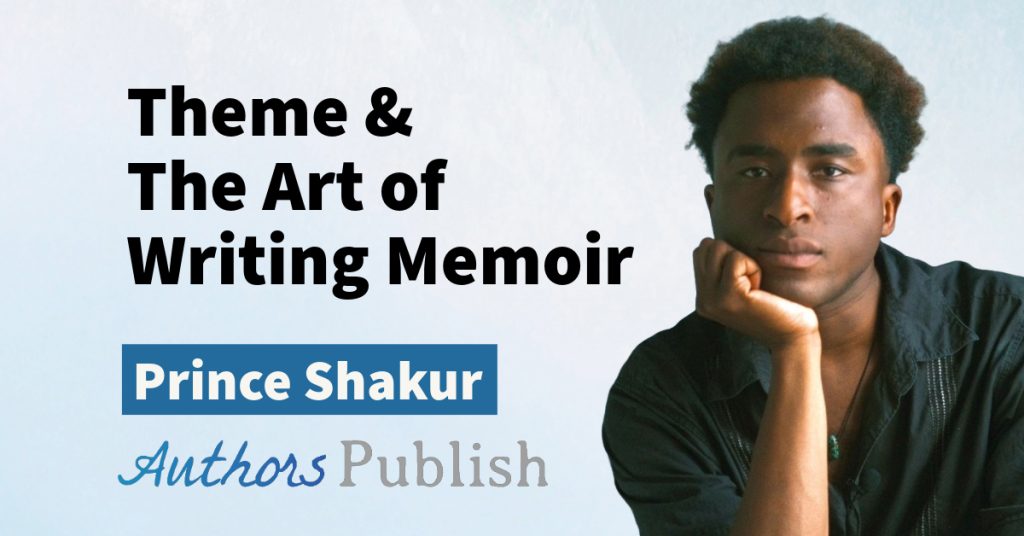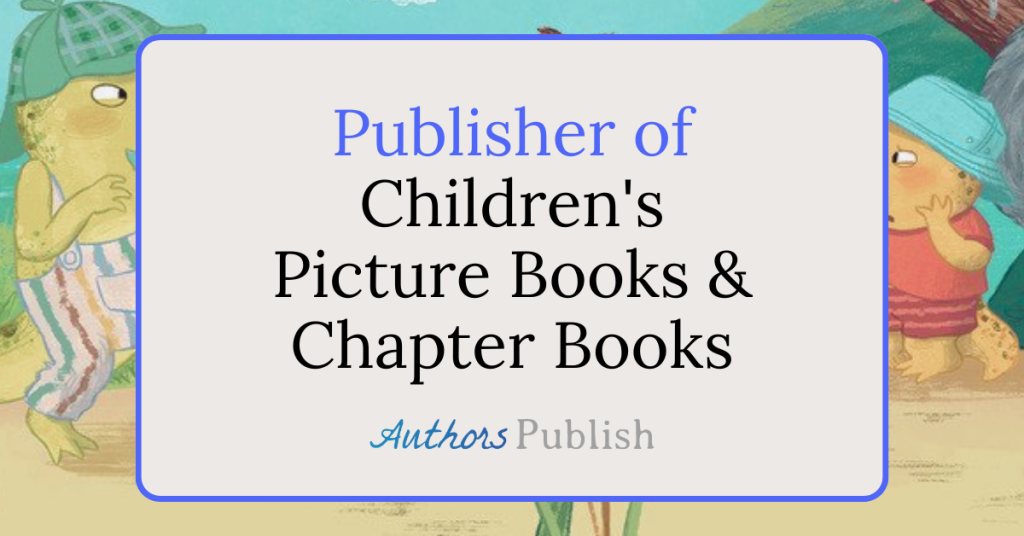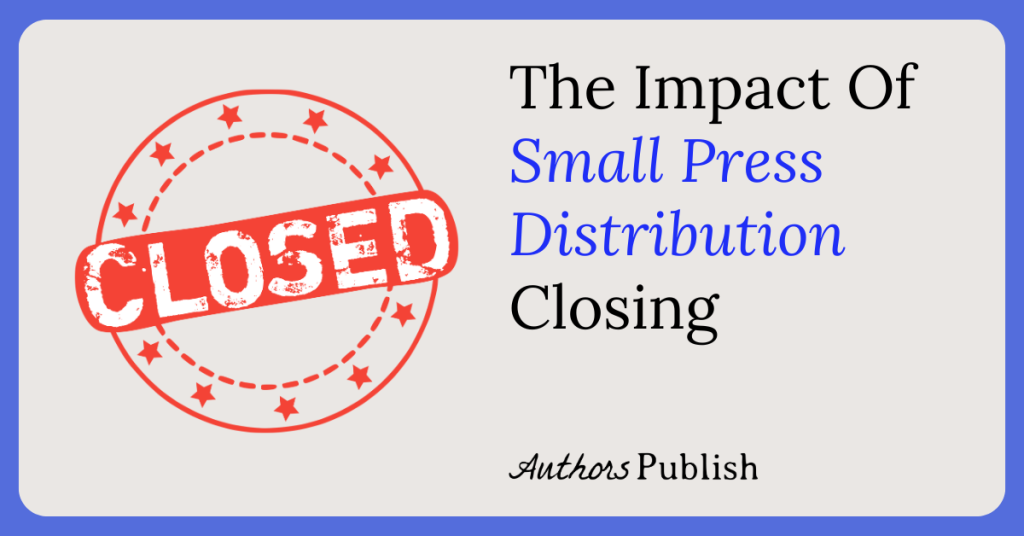Some argue that Eragon was not self-published, as it was published by Christopher’s family, who ran a small commercial press at the time. However, the press had been around for five years and had—as far as my research revealed—only published two other books. Both of these were also written by Paolini family members. Given those details, I am very skeptical of anyone who describes Eragon as being initially traditionally published. His family had more experience in the industry than other families, but the fact that they had a small press did not significantly distinguish them from most self published authors.
Eragon and its two unwritten sequels were picked up by Alfred A. Knopf for a rumored half a million dollars in 2003. By that point, Paolini had spent well over a year promoting the book. In 2002 alone, he made over seventy appearances to promote the book. He traveled extensively within the United States to make these appearances and they varied widely—some were at book fairs, others at elementary schools and book stores. It was a grueling schedule, and it put financial strain on the family.
A lot of emphasis these days is on promoting a book on the internet. But in person appearances can have a lot more impact. Back when Eragon was first being promoted, Facebook did not even exist, nor did MySpace. Amazon.com existed, but sites that were more focused on reviews, like Goodreads, didn’t become popular until much later. Paolini had to focus on in person appearances, and that focus really paid off.
This in person strategy paid off in more than one way. One of the book stores he read at went on to sell over 200 copies because the store owner really enjoyed the book. He also sold a lot of individual copies to readers at book stores, book fairs, and other events. Because he was directly interacting with potential fans, he was making potentially valuable connections. If a reader has met the writer and enjoyed the book, most readers are more vocal about promoting it.
For financial and personal reasons, most writers can not travel to promote a book the way Paolini was able to. He was only able to because he had graduated high school and his parents put their personal finances into promoting the book. Still, many authors overlook opportunities in their hometown and near by. Reading in public can be awkward and overwhelming, particularly when you are starting out. Just figuring out how to arrange appearances initially can seem intimidating. One learns along the way, and it can become much easier to schedule appearances over time.
Paolini would often sit behind a table in full costume, for up to eight hours at a time, in order to sell copies of his book. Sometimes he could sell a large number of books this way, but not always.
Appearances were not the only strategy that helped Paolini. The book also came out at a time when the market was very receptive toward fantasy books aimed at children. Harry Potter had made that market very popular, and one of the ways the Paolini family promoted Eragon was by comparing it to Harry Potter.
The book also had strong positive word of mouth and many readers wrote reviews on websites, like Amazon.com.
Knopf may have never found out about Eragon, if not for the fact that the novelist Carl Hiaasen’s stepson bought a copy of Eragon while on vacation in Montana—Paolini’s home state. Hiaasen’s stepson enjoyed the book immensely. That piqued Hiaasen’s interest in the book and he shared it with his publisher, Knopf. So in the end, even though Paolini promoted the book tirelessly, a bit of luck was still needed in order to connect his book with the public at large.
When Knopf first published Eragon, it ended up being on the New York Times Children’s Best Seller list for 121 weeks. It was the third bestselling hardcover book for Children in 2003 and the second best selling paperback of 2005. A self-published edition of Eragon could be worth up to $12,000 now—which is a pretty inspiring footnote.
This article is an excerpt from the book Self Publishing Success Eight Case Studies.






